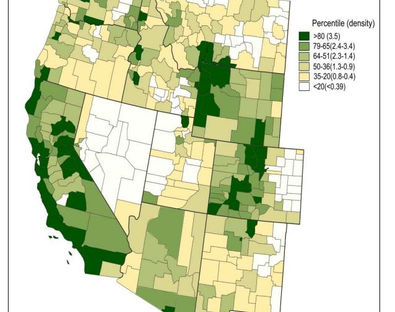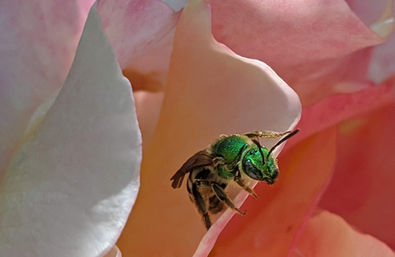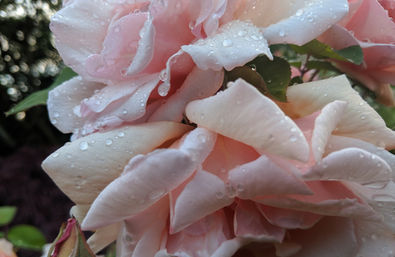
RESEARCH
2021 - 2024: A Flora of the Silver Peak Range, Esmeralda County, NV
The Silver Peak Range is a roughly 450 sq mile mountain range in a remote corner of Esmeralda county, Nevada. These diverse mountains and adjacent wetlands are both a biological treasure and a hot-spot for proposed lithium extraction and geothermal development. Due to increasing demand for these resources and new projects being proposed on public lands, baseline biological data is needed to inform management decisions that can maximize protection of the incredible biodiversity of the region. Unfortunately, the extent of Nevada's incredible botanical diversity is largely under-documented floristically, and the Silver Peak's is no exception. Through the conducting of a floristic inventory, baseline biological data will be compiled. This type of biological documentation can inform appropriate siting of mineral extraction and energy development, which in turn will reduce conflicts with sensitive resources such as rare plants and ecological communities.
Despite the lack of botanical documentation, we know that the Silver Peak Range is home to narrowly endemic and imperiled species such as Tiehm’s buckwheat (Eriogonum tiehmii) and Tecopa bird's beak (Chloropyron tecopenses). Recent survey efforts have reveal a high number of rare species in the region. The proximity of the Silver Peak Range to other specialized habitats, such as those located in the White Mountains and Death Valley National Park in California, as well as the presence of unique ecosystems such as alkali wetlands lends potential for this area to host high levels of species richness and endemism. This region includes the northernmost extent of the western Joshua trees (Yucca brevifolia), a species predicted to undergo widespread extirpation in the southernmost region of their range. This northernmost extent of their range could serve as a future climate refugia for the species in the future. These factors underscore the urgency and importance of a floristic inventory in this region.
2020-2021: Pollinator preferences between horticultural and wild Rosa spp.
The city of Portland, Oregon, is famous for it's rose gardens. Horticultural rose varietals are common landscaping plants, featured prominently in backyards, city parks, medians, and public landscaping. Native Rosa spp., such as Rosa gymnocarpa, Rosa nutkana, Rosa piscocarpa, and Rosa woodsii, are much less common in landscaping. Horticultural rose varietals are often sterile due to their reproductive organs being converted to petals through homeotic mutations, resulting in showy flowers bearing multiple layers of petals. This genetic mutation often blocks access to the floral nectaries as well, suggesting that horticultural rose varieties have lower wildlife value than their wild counter-parts. With pollinator populations on the decline, understanding floral visitation preferences between cultivated and horticultural rose varities in Portland can help inform public landscaping efforts and restoration projects in an attempt to make the City of Roses a pollinator-friendly landscape. Rose bushes were selected at random across the city in urban, garden, and wild-type environments. Pollinators were recorded during the same time of day during the spring and summer months at both horticultural and wild rose bushes, and were identified using field guides and iNaturalist. Results were analyzed with a student's T-test and showed higher pollinator diversity at wild rose bushes. Information was translated into a public-outreach poster advocating for the use of wild roses in gardens and public landscaping to enhance pollinator habitat in the Willamette Valley, Oregon.








































